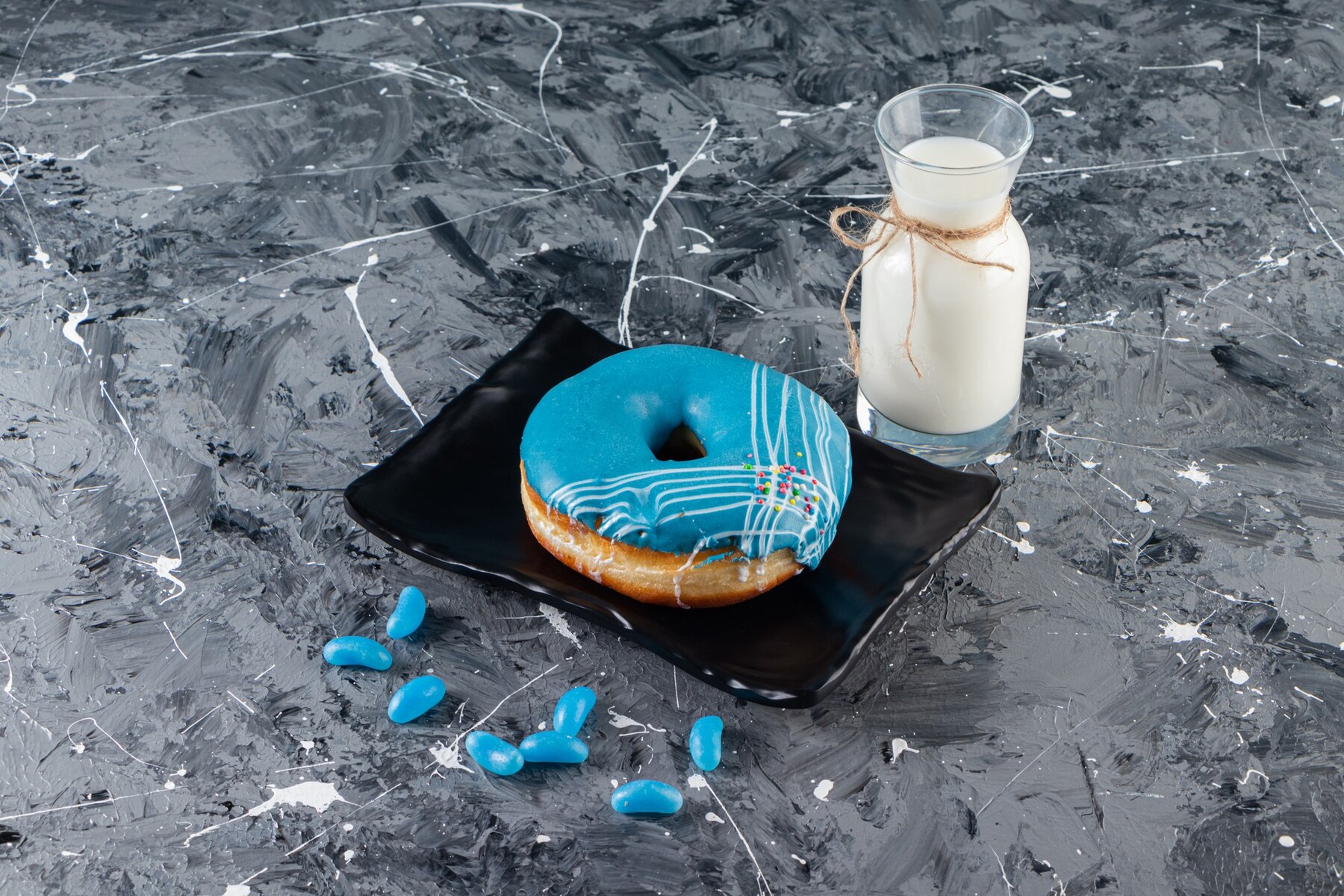Confectionery coating is the unsung hero of the dessert world. Whether it’s a glossy chocolate-dipped strawberry, a perfectly glazed donut, or a candy-coated almond, the magic lies in the coating. But what makes a confectionery coating truly stand out? How can you achieve that flawless, professional finish at home?
In this comprehensive guide, we’ll dive deep into the world of confectionery coating, exploring its science, techniques, and tools. By the end, you’ll have actionable insights to elevate your dessert game and create treats that are as beautiful as they are delicious.
What is Confectionery Coating?
Confectionery coating, often referred to as compound coating or candy melts, is a type of chocolate-like product used to coat desserts, fruits, and nuts. Unlike pure chocolate, it contains vegetable fats vegetable fats instead of cocoa butter, making it easier to work with and more resistant to melting.
Key Characteristics of Confectionery Coating:
- Smooth Texture: Ensures an even, glossy finish.
- Versatility: Can be flavored and colored to suit any dessert.
- Ease of Use: Doesn’t require tempering, making it beginner-friendly.
The Science Behind the Perfect Coating
Understanding the science of confectionery coating is key to mastering its application. Here’s what you need to know:
1. Melting Point Matters
Confectionery coating has a lower melting point than pure chocolate, which means it sets faster and is less prone to blooming (those white streaks that appear on chocolate).
2. Viscosity is Key
The thickness of your coating affects how it adheres to your treats. Too thick, and it won’t spread evenly; too thin, and it won’t hold its shape.
3. Temperature Control
Maintaining the right temperature ensures a smooth, glossy finish. Overheating can cause the coating to seize, while cooling too quickly can lead to cracks.
Tools You’ll Need for Confectionery Coating
To achieve professional results, you’ll need the right tools. Here’s a quick checklist:
- Double Boiler or Microwave-Safe Bowl: For melting your coating evenly.
- Candy Thermometer: To monitor temperature accurately.
- Silicone Spatula: For stirring without introducing air bubbles.
- Dipping Tools: Forks, skewers, or specialized dipping tools for even coverage.
- Parchment Paper: To set your coated treats without sticking.
Step-by-Step Guide to Perfect Confectionery Coating
Follow these steps to create flawless confectionery-coated treats every time:
1. Choose Your Coating
Opt for high-quality confectionery coating in your desired flavor and color. White, dark, and milk chocolate coatings are popular choices.
2. Melt Properly
- Double Boiler Method: Place your coating in a heatproof bowl over simmering water. Stir constantly until smooth.
- Microwave Method: Heat in 30-second intervals, stirring between each, until fully melted.
3. Adjust Consistency
If your coating is too thick, add a teaspoon of coconut oil or paramount crystals to thin it out.
4. Dip and Coat
- Hold your treat (e.g., strawberry, pretzel, or cookie) with a dipping tool.
- Submerge it fully in the coating, then lift and gently tap off excess.
5. Set and Decorate
Place your coated treat on parchment paper to set. Add sprinkles, drizzles, or other decorations before it hardens.
Common Mistakes to Avoid
Even seasoned bakers can run into issues with confectionerycoating. Here’s how to avoid the most common pitfalls:
- Overheating: This can cause the coating to seize or become grainy.
- Skipping Tempering: While confectionerycoating doesn’t require tempering, improper melting can still lead to poor results.
- Using Wet Ingredients: Moisture can cause the coating to clump. Ensure your treats are completely dry before dipping.
Confectionery Coating vs. Real Chocolate: A Comparison
| Feature | Confectionery Coating | Real Chocolate |
|---|---|---|
| Main Fat | Vegetable Oil | Cocoa Butter |
| Tempering Required | No | Yes |
| Melting Point | Lower | Higher |
| Ease of Use | Beginner-Friendly | Requires Skill |
| Flavor | Sweeter, Less Complex | Rich, Complex |
Creative Ways to Use Confectionery Coating
Confectionerycoating isn’t just for dipping. Here are some creative ideas to inspire your next dessert:
- Drizzled Popcorn: Add a sweet twist to your movie night.
- Custom Candy Bars: Mix in nuts, dried fruit, or cookie crumbs.
- Decorated Cupcakes: Use colored coatings to create intricate designs.
- Holiday Treats: Make festive shapes for Christmas, Easter, or Halloween.
Expert Tips for Flawless Results
- Work in Small Batches: This ensures your coating stays at the right temperature.
- Use a Cooling Rack: For even setting and to avoid flat spots.
- Experiment with Colors and Flavors: Add oil-based food coloring or extracts to customize your coating.
FAQs
1. Can I use confectionery coating for molds?
Absolutely! It’s perfect for creating shaped chocolates and candies.
2. How do I store confectionery-coated treats?
Keep them in an airtight container at room temperature for up to two weeks.
3. Can I mix confectionery coating with real chocolate?
It’s not recommended, as the different fat compositions can cause separation.
Conclusion: Master the Art of Confectionery Coating
Confectionery coating is a versatile, beginner-friendly way to elevate your desserts. With the right techniques and tools, you can create treats that are as visually stunning as they are delicious. Whether you’re a home baker or a professional, mastering confectionerycoating opens up a world of creative possibilities.










